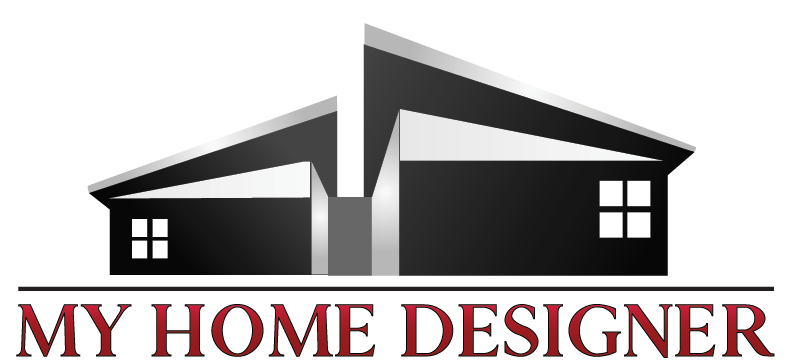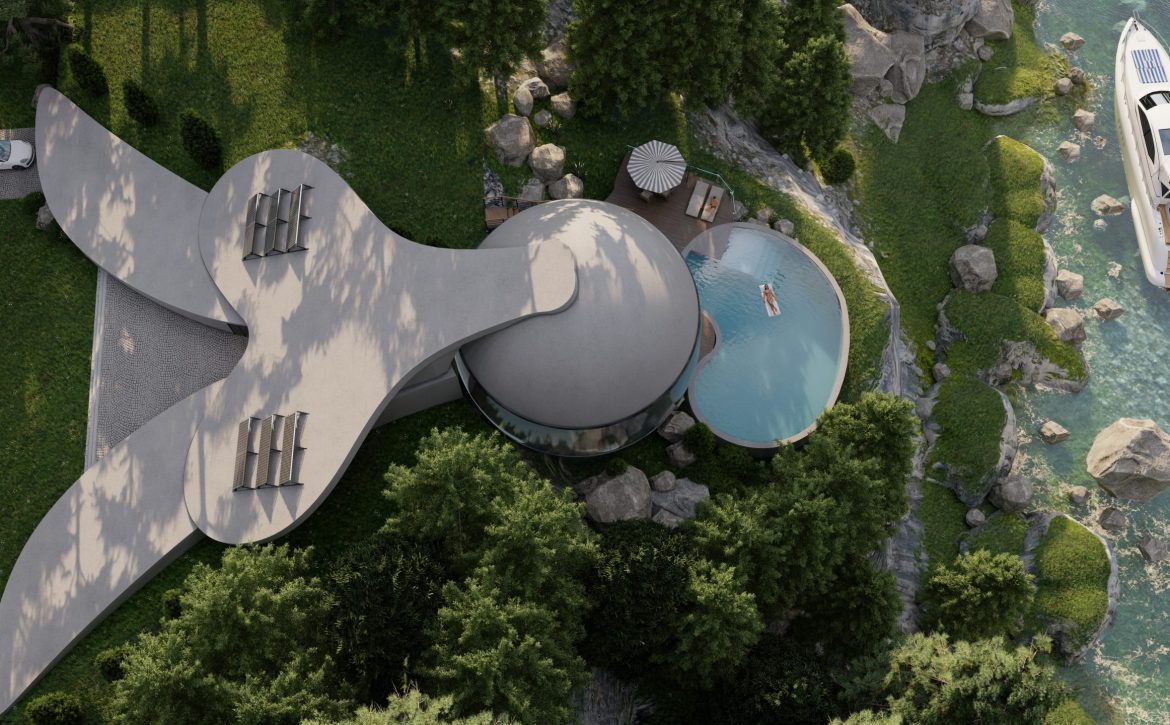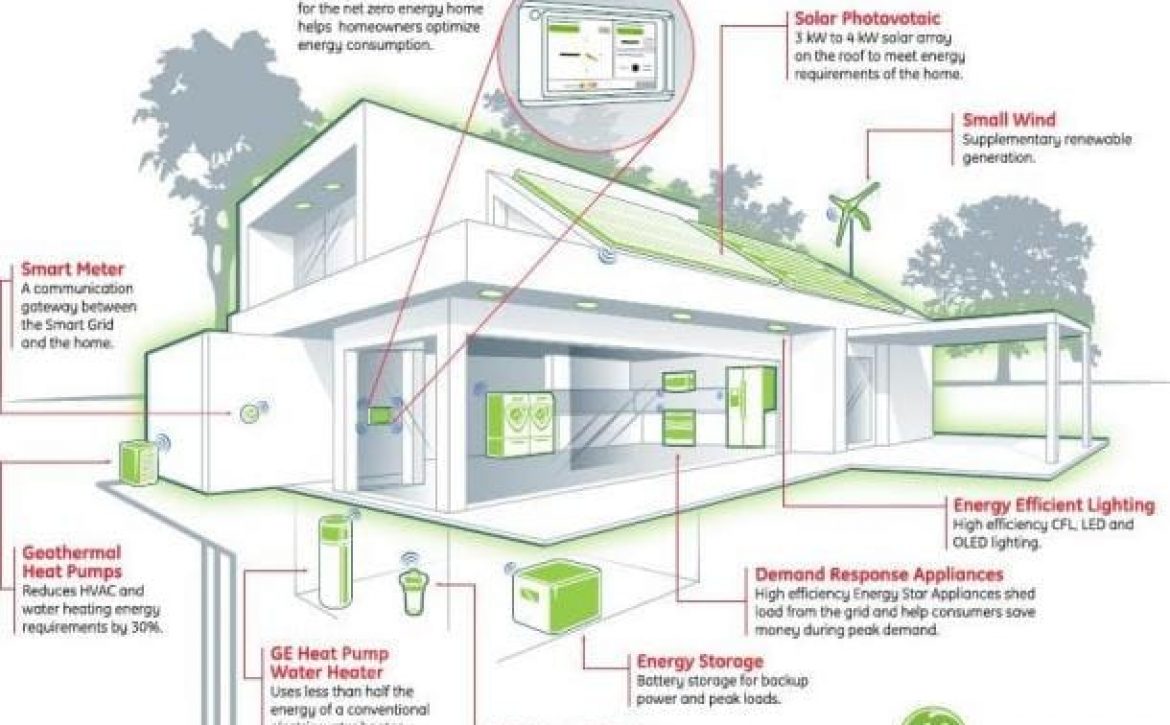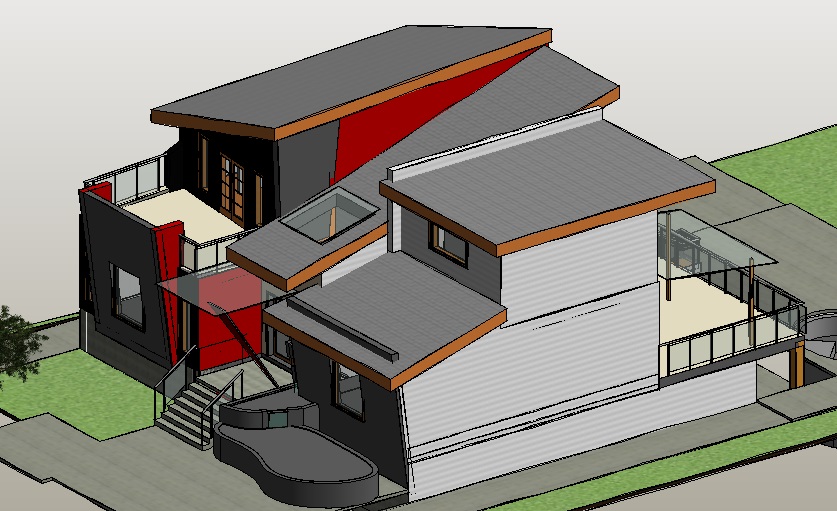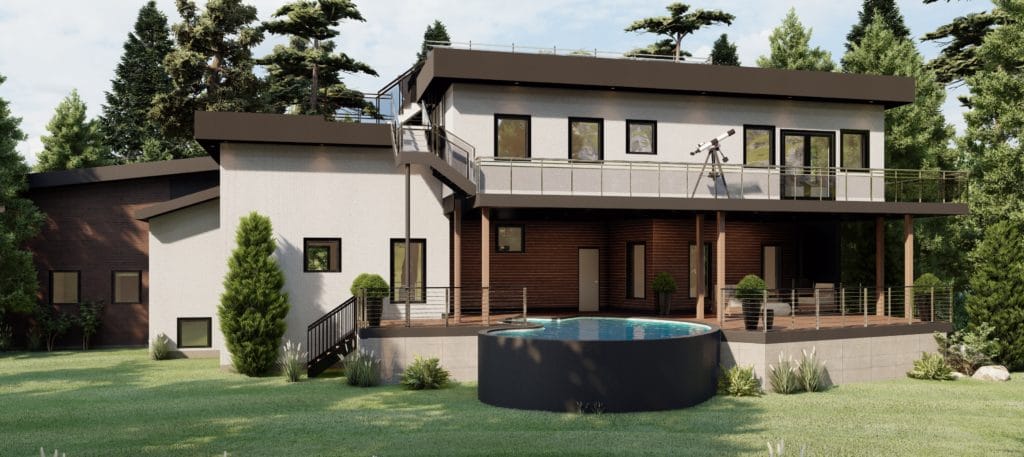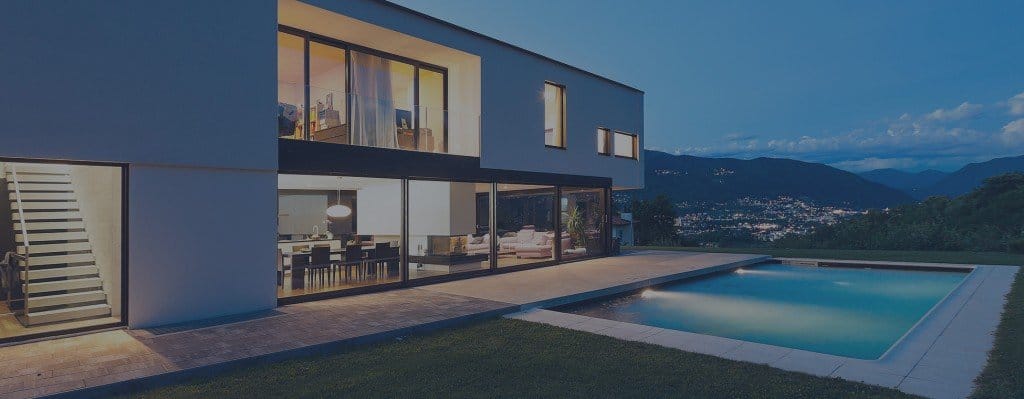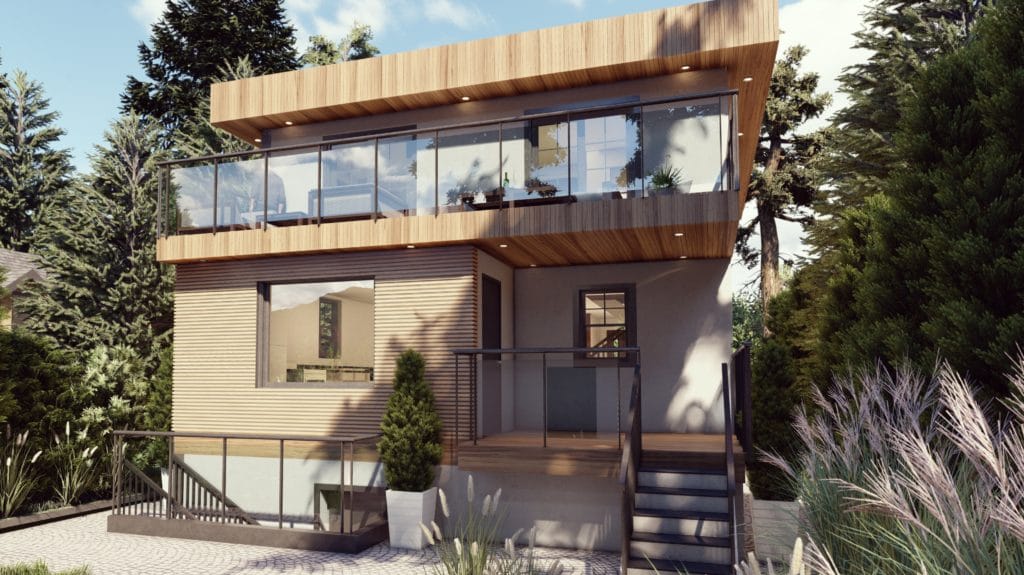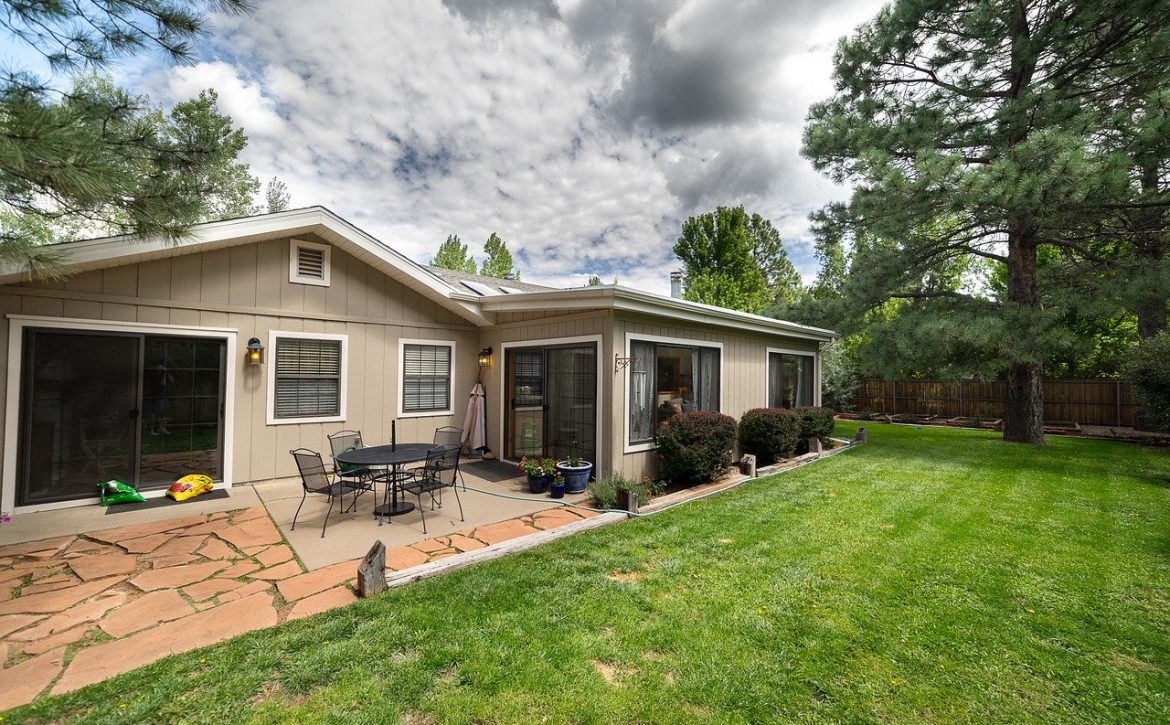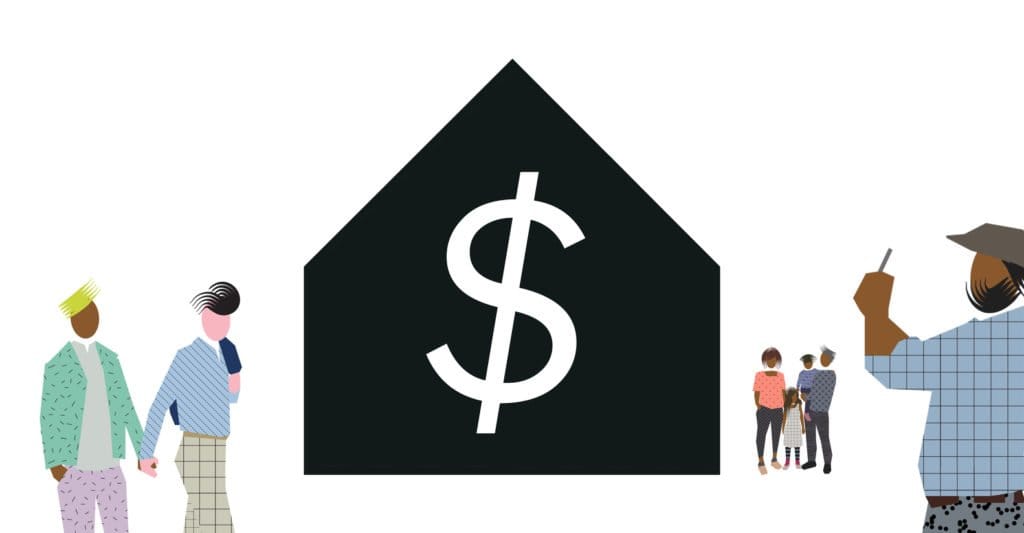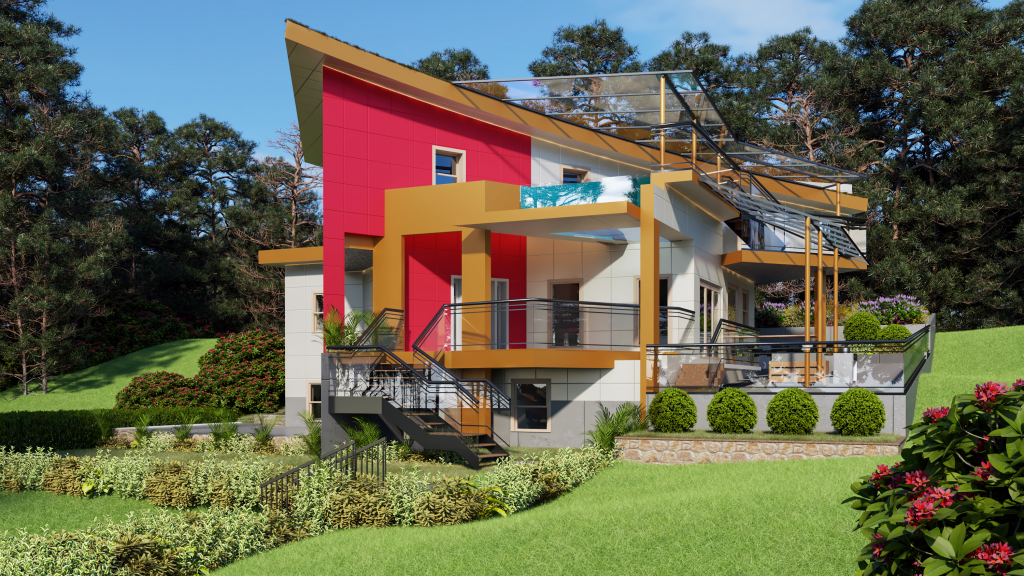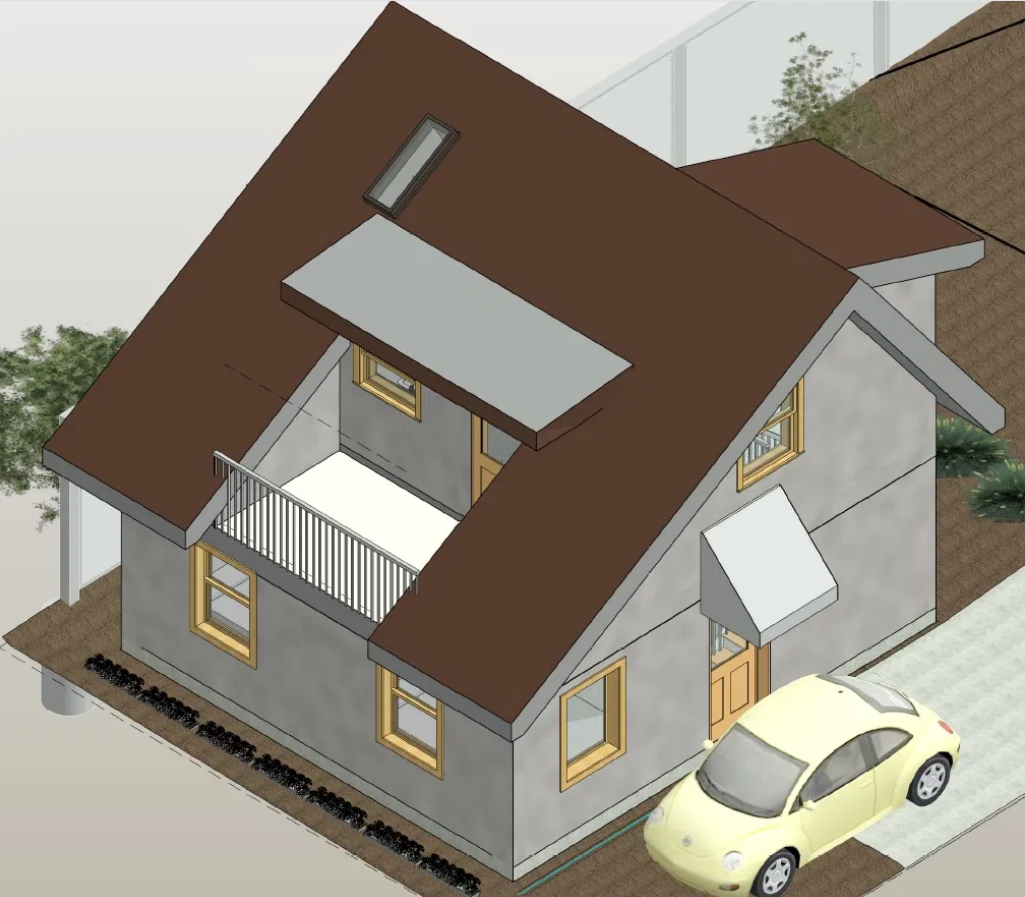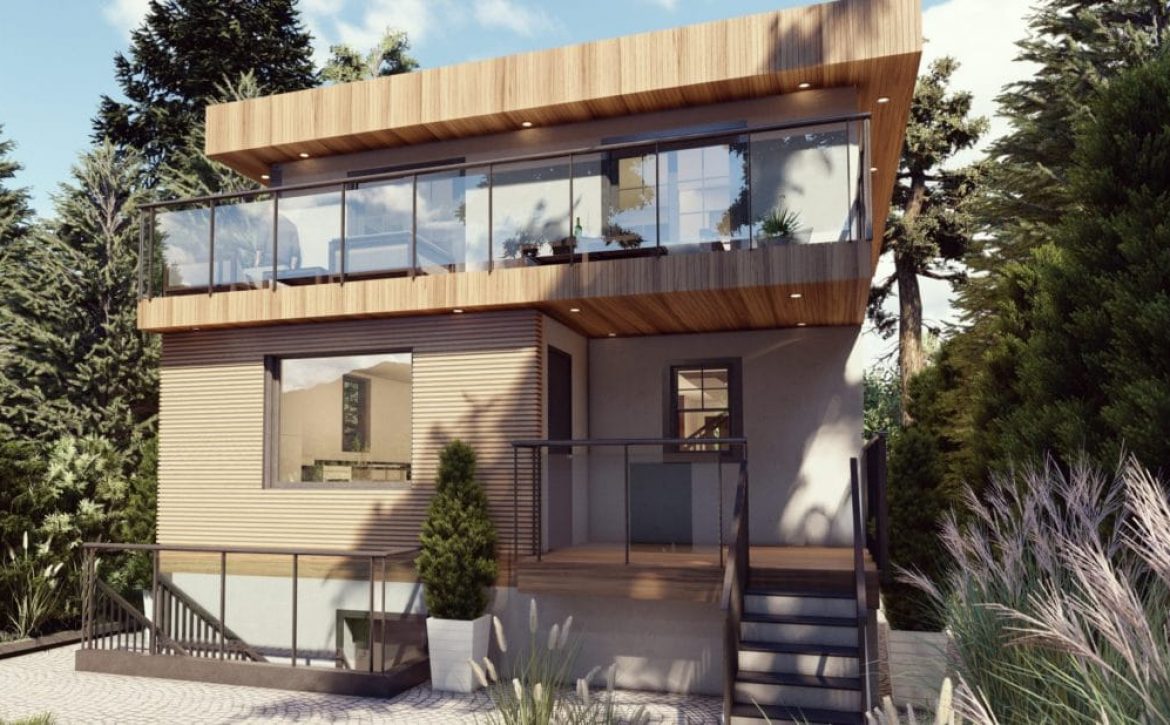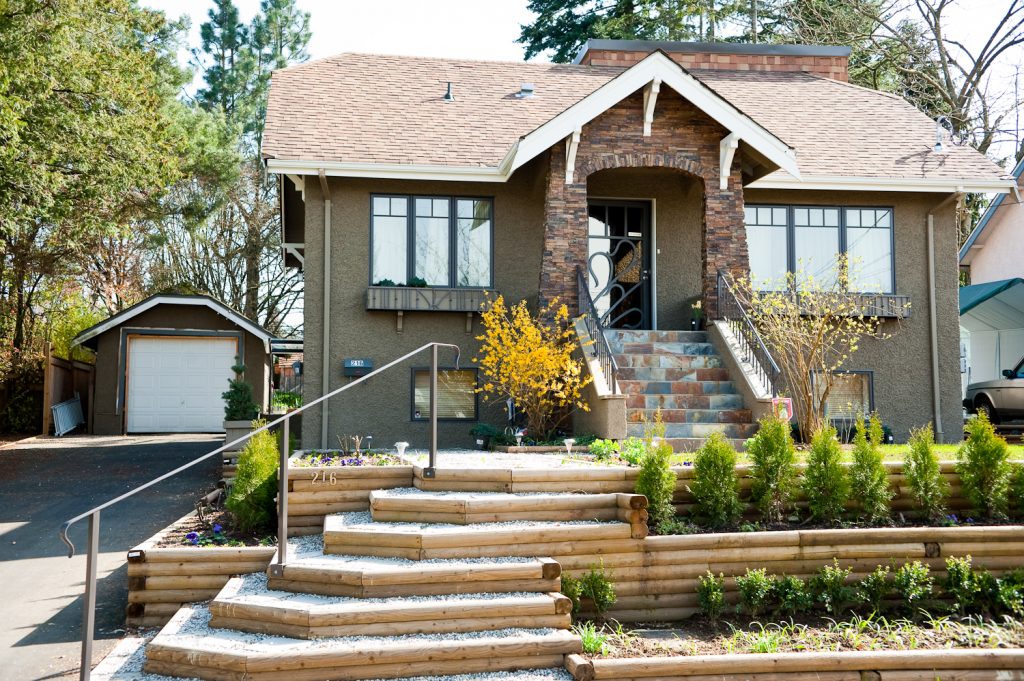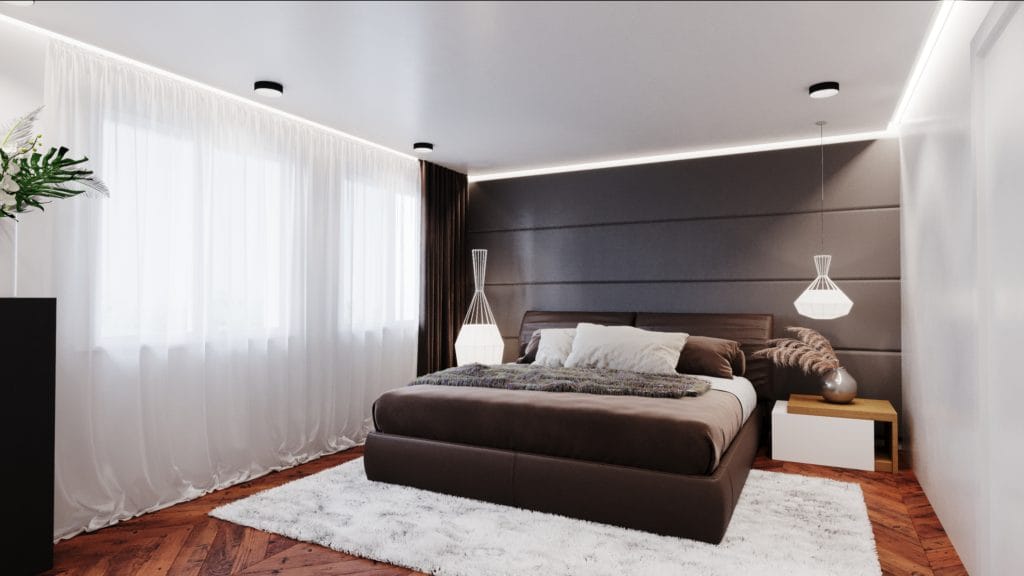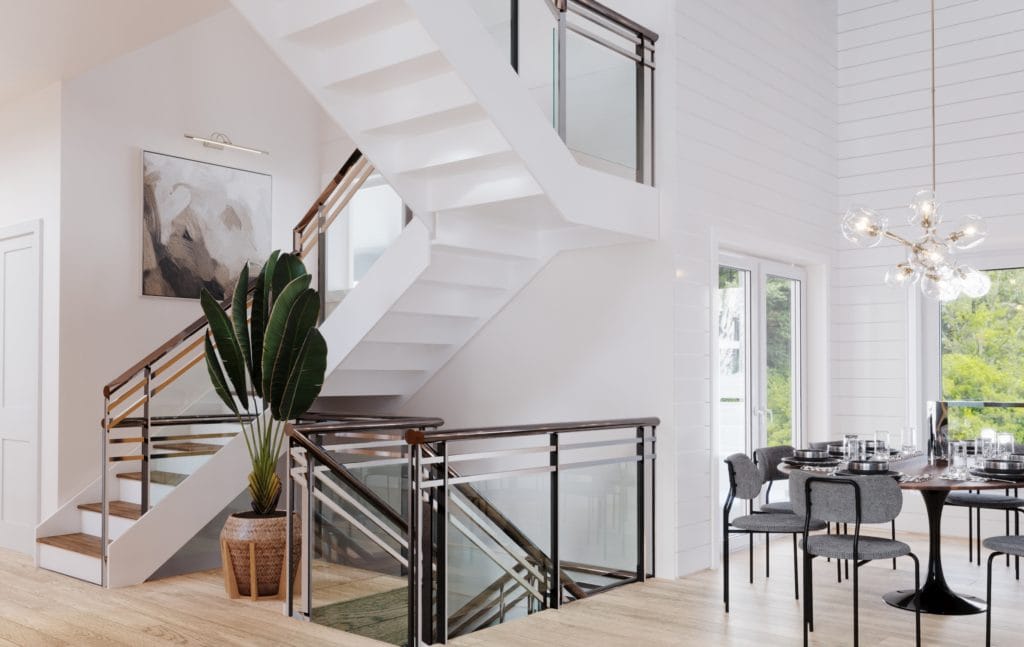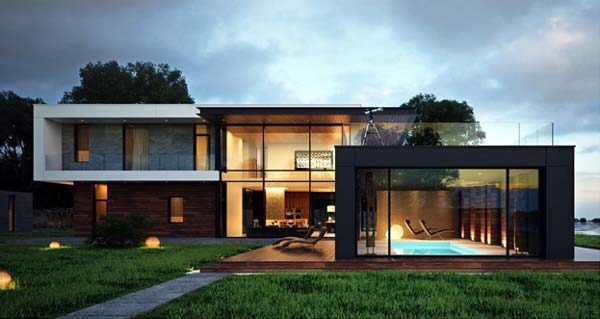What is the job of an Architect? Is every Architect a Designer?
What is an architect’s job anyway? Is an architect a designer?
Like medical physicians, dentists, and lawyers, architects’ profession is to serve the public interest. Our job is to follow regulations and make sure to design the buildings in a safe manner that will not compromise the occupant’s well-being.
But wait a minute, is that the job description of an architect?
Many years ago, most of the world’s masterpieces were designed, coordinated, and constructed by one architect. The architects in charge had many apprentices to help them along the way. But along with technological advancement came the need for other professionals such as structural engineers, mechanical engineers, electrical engineers, geotechnical engineers, civil engineers, interior designers, building envelope consultants, building code consultants, building technologists, environmental consultants, landscape architects, and more. All of them have a role today in building design and construction.
In other words, a comprehensive team of consultants now have to go over the task of designing a building, the job that used to be done by one person.
I want to remind you that once upon a time, architecture was a combination of technology, functionality, form, and art. Most people considered architects as technological artists. Architects were creators whose art was bound to last for hundreds of years. Unlike other artists whose art is passive, impossible to experience by all senses, architecture was a livable art to feel, experience, and flourish.
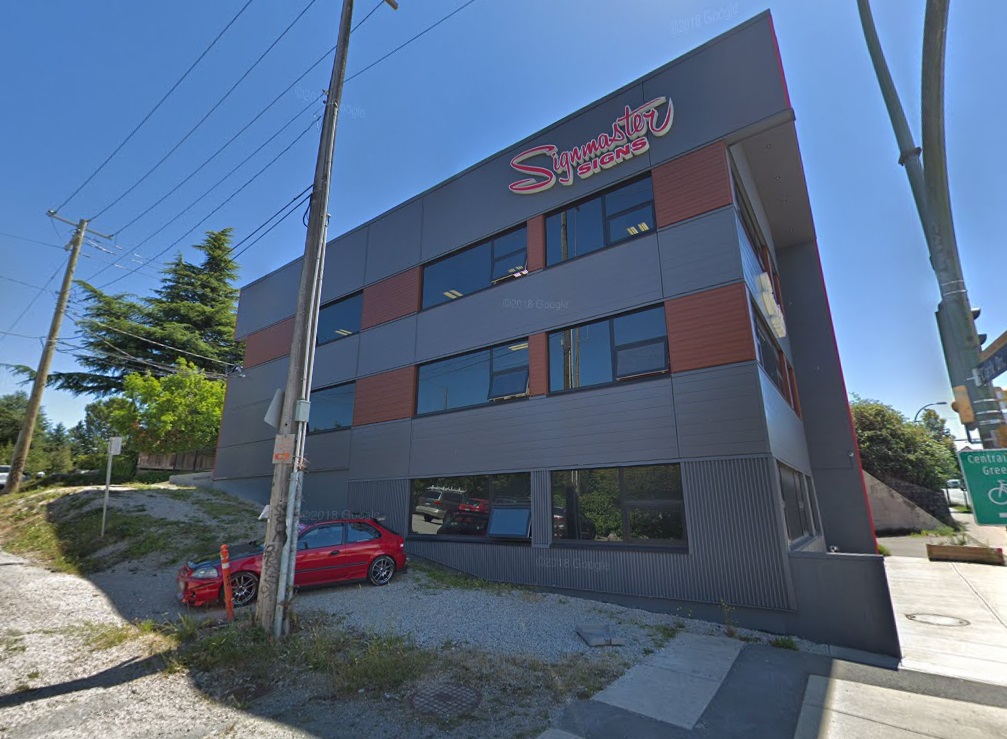
So, IS every Architect a Designer?
The reality is that a good architect has to know all of the above. In order to be able to run a successful business, an architect has to master the logic of the mechanical system, heating and cooling, electrical, the building technology, and building envelope. Then come the zoning and building codes and the ways to keep the building safe from fire and water damage. Furthermore, an architect is also the manager. S/He has to run the team of office employees and HRs, possess the knowledge of marketing, and make sure the clients are happy and satisfied.
Really, Aryo, only that much? No, not even nearly. Then we have the skills to conduct the feasibility studies with the clients, making sure the end product is suitable for each client’s needs as well as the codes. The project has to fit the client’s budget yet to look as beautiful as possible. Does it meet the local market trend? The architect then has to make sure the municipalities will approve the documentation submitted. That involves a lot of communication.
An architect never stops learning. Learning about the general contractors and their expectations of management. Learning the software to design and prepare design development and working drawings, presenting, and above all running business management. Keeping up with education to fulfill the associations’ duties and fulfilling the annual learning units!
Oh, yes, and the architect should be the designer of the artistic looking buildings.
What Is the Problem?
The problem is that not too many architects are able to be an architect and a designer at the same time. What does that mean?
When our generations’ fresh minds leave university to enter professional life, they come across many hurdles. Each educational institution focuses on a different aspect of architecture. While some set the major goals on technological aspects, like construction challenges (what they now call a building technology), others prefer the artistic part of the work.
When fellow students graduate from the faculty of architecture, they hear that, in order to call themselves “architects,” they need to register with the architectural institute of the country, province/state.
That means they have to go through many hours of training and work in different architectural firms. They must gain a lot of experience and write many exams to make sure they meet the criteria to be able to practice “Architecture.” (similar procedure for immigrant architects) But there’s something many find out after getting registered.
After a couple of years of internship and passing the exams, they became a registered architect, yet learned how NOT TO DESIGN rather than becoming creative masters!
The building industry, unfortunately, is regulated by lawyers and left-sided brain people. It’s disregarding the artistic flair and beautification of the buildings for the purpose of bare function and safety. That’s why architecture becomes a commodity rather than a carrier. The architectural institute is a watchdog to ensure that a registered architect is the one who submits all building applications.
Most clients who want to build a house, a multifamily building, or a mixed-use building, approach the architect simply because the permitting authority obligates them. They aren’t looking to hire the architect’s creative mind but rather need someone to put the stamp on the drawing and get the building permit.
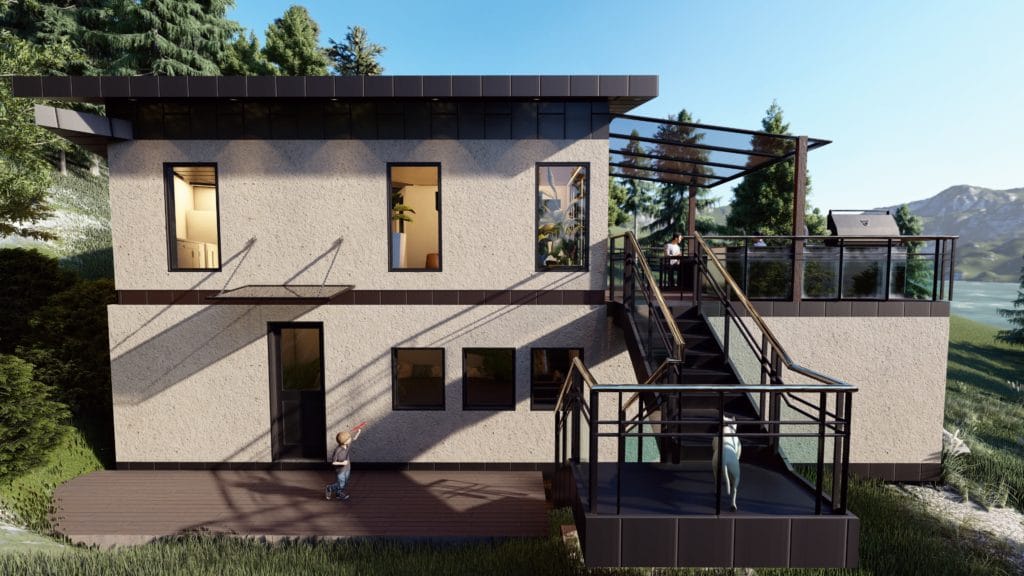
What Makes an Architect a Designer?
Architecture is part art and part science. As an art, it’s a channel for creative expression that affects the whole society. It allows them to change and improve their environment in many unique ways. As a science, architecture takes care of society’s functional needs, creates various living spaces, and covers different lifestyles by using modern technological advancements and techniques.
An architect should be able to practice both functional and aesthetic approaches in building design. The limits are moving, and the architecture challenges are continually expanding. We get the chance to build new sorts of wonders day by day. Yet, the excessively complicated administrative procedure makes us sacrifice the aesthetics in the name of functionality. The bureaucracy preserves the status quo, slowly deleting the unique differences between artistry and engineering.
Instead of shaping the community, most architects obey dictations.

The Solution
There is no cookie-cutter approach in architecture. Every single project should respond to a particular context. The design should be progressive and able to age well, and be flexible to adapt to changes. If architecture is only the building technology, then every single building existing would be architecture. But as it is, architecture is something different from building technology—just like artistry is different from engineering.
Architecture is, above all, the realization of the concept, embodying an idea. It can grow from practical or metaphorical roots, from immediate needs, or the vision. Architecture, as we know it today, echoes the history of humanity. It tells the stories of society as it once was.
We need it to manifest the changes instead of being background.
Architects represent a force of society because architecture is an expression of its spiritual strength as well as technological progress. It’s a future display of society’s values, desires, ideals, ideology, and many other things at this particular point in time, serving as a time capsule of human history.
Yet in today’s society, the treatment of architecture is almost exclusively shortsighted, following narrow terms of finance, cost, and return of investment. Politicians impose restraints and ever-growing rules about every single detail. That inevitably affects performance. It’s the road to the domination of uniform, ugly buildings that are not interpreted as any real threat to society.
If we better understood that issue, we might raise a more robust voice against it. If architecture’s significance for the psychological and mental health of society gets recognized, it might be treated accordingly. Then, instead of encouraging bad design, we might start promoting the benefits for the collective spirit. And that will make the architect a designer again.
The association which overlooks the building design community’s activity should watch the design quality as well as building code requirements!
By Aryo Falakrou (My Home Designer)
